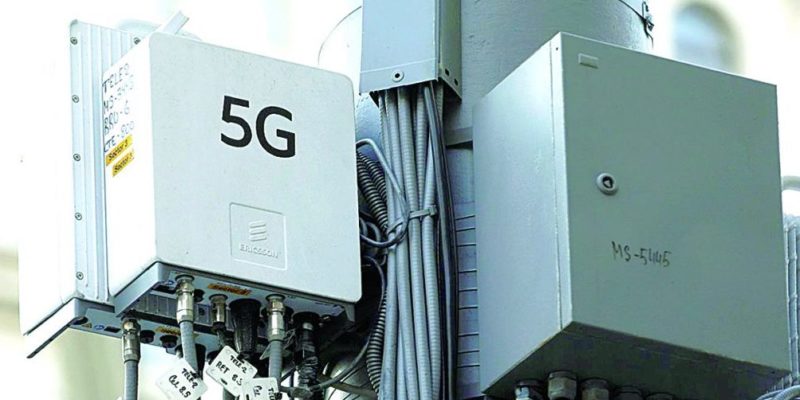Juniper Research sees 900% growth in four years for 5G roaming connections; necessitating new roaming identification tools
A new study by Juniper Research has found that the total number of 5G roaming connections will increase from 53 million in 2023 to 526 million by 2027. This substantial growth will require the development of new roaming tools that are able to autonomously identify roaming connections as 5G connectivity proliferates. The research identified AI-based real-time analytics and roaming fraud mitigation services as two critical solutions that will enable operators to protect their networks against an influx of data traffic from roaming subscribers.
Find out more about the new research: 5G Roaming Strategies: Value-added Services, Regional Analysis & Market Forecasts 2023-2027
5G Network Cores to Drive Development
The research predicts that amidst the growth of 5G roamers, these emerging traffic analytics and anti-fraud solutions must enable the enhanced identification and authentication of roaming connections over 5G networks. However, given the increased complexity of 5G networks, it anticipates current roaming analytics services will be insufficient in monitoring 5G roaming connections, and the subsequent increase in mobile roaming data.
RELATED: Mobile operators to lose $2.5B of business messaging revenue to OTT apps globally by 2023 – Juniper
To maximise the benefits from these new 5G roaming services, operators must invest in 5G NGCs (Next-generation Cores), which are highly virtualised and can more efficiently assess traffic and connectivity. By deploying NGCs, roaming vendors can better protect networks’ processing power and signalling capabilities amidst rising levels of roaming data consumption. This will ensure a continuous level of service essential to attracting high-spending enterprise customers.
Roaming Data Growth to Necessitate New Services
Additionally, the report predicts that 5G NGCs will be imperative to enabling operators to handle the growth of data from roaming subscribers; forecasting that 5G data roaming traffic will grow 3,500% over the next four years.
Report author Elisha Sudlow-Poole commented: “An inability to detect roaming connections that use valuable network bandwidth risks diminishing the user experience for the operator’s own subscribers. To maintain high-quality services for their subscribers, operators must invest in roaming solutions that can efficiently identify roaming connections that consume large amounts of cellular data.”





























